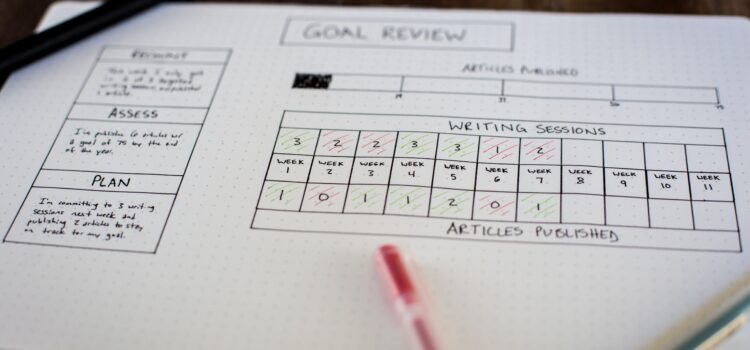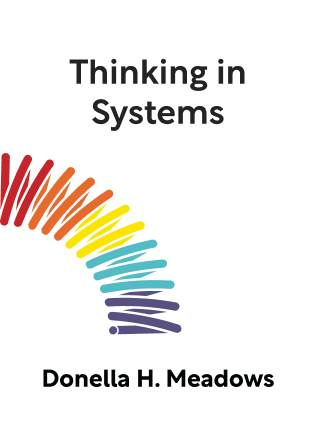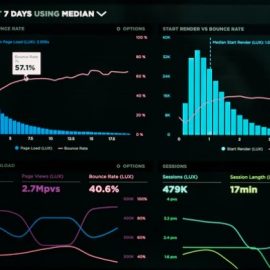

This article is an excerpt from the Shortform summary of "Thinking in Systems" by Donella H. Meadows. Shortform has the world's best summaries of books you should be reading.
Like this article? Sign up for a free trial here .
How does changing systems work? Is it possible to change systems that are already established?
Changing systems can be difficult, but is certainly possible with the right leverage points. Especially if a system isn’t working in some way, changing systems is a useful skill.
Read more about changing systems below.
Changing Systems
When you starting thinking about changing systems, think about the idea of leverage points. Leverage points are places to intervene in a system. It’s important to 1) find the right leverage point, and 2) push it in the right direction.
Counter-intuitively, people often find a good leverage point, but push it in the wrong direction. Remember the car lot, where reducing delays actually worsened the oscillations.
The author presents 12 leverage points in order of increasing effectiveness.
Shortform Notes on Leverage Points
Before we dive in, some themes to keep in mind:
- Lower leverage points tend to be harder to change or have less influence on the behavior of the system. Changing a system’s flows may do little to change how its feedback loops work.
- In contrast, higher leverage points are so influential that small changes can have vast effects on system behavior. Change a system’s ability to self-organize, and you influence its stocks, flows, and feedback loops.
In addition, at a high level, we group the leverage points into three major categories, also in increasing order of effectiveness:
- The physical system structure: the stocks, flows, and how they connect
- System information and control: how the system regulates itself, such as through feedback loops and information flow
- The meta-system: the goals and mindset of the system
System Information and Control
This category of leverage points moves from the concrete layer of the system’s physical structure to a higher layer of information and control. This is important with regards to changing systems.
Balancing Feedback Loops
A systems change also means you have to look at feedback loops. A balancing feedback loop keeps a stock at a setpoint. It can be broken down into components and parameters:
- The speed and accuracy of monitoring
- The speed and intensity of the response
- The flows by which the response achieves its goal
Each of these can be leverage points for changing how the balancing feedback loop works.
The balancing feedback loop should be designed to be strong enough to regulate whatever it’s regulating. If the feedback loop is too weak for the systems change, it will fail to keep the stock at its desired setpoint.
- The economic market uses price transparency to route resources to where they are most effective. However, obfuscation of prices can distort markets, as when governments provide subsidies or externalities like pollution are not priced in. Balancing feedback loops can restore transparency, such as reducing subsidies and regulating pollution.
- In a well-functioning democracy, voters act as a balancing feedback loop—if the government behaves in unwanted ways, the voters vote new people into office. This requires information transparency between the government and the voters. Obfuscating information, such as in private lobbying and government secrecy, weakens this feedback loop. In contrast, transparency laws such as the Freedom of Information Act strengthen the feedback loop.
It’s also common to ignore the value of balancing feedback loops and to remove seemingly unnecessary ones. Some loops exist to protect against rare emergency cases and may rarely or never be activated; thus, they might seem useless. Removing these can be a grave mistake, analogous to removing emergency shutdown systems in nuclear power points. A system may have multiple feedback loops operating at different timelines and under different conditions, and they may all be necessary to ensure a resilient system.
Reinforcing Feedback Loops
Reinforcing feedback loops grow exponentially; left unchecked, they can cause serious, irreversible damage.
The leverage point for reinforcing feedback loops is its gain, or its growth rate.
Often, reinforcing feedback loops are countered by balancing feedback loops. An intuitive response to controlling a reinforcing feedback loop is to strengthen the balancing feedback loop. But it’s often easier to simply reduce the growth rate of the reinforcing feedback loop, to keep it more manageable.
- Economic growth and population growth are both reinforcing feedback loops; as they accelerate, they can cause worsening problems of poverty, inequality, and resource scarcity. Rather than strengthen the balancing feedback loops (such as welfare systems and technology), the author argues that slowing growth rates would be more effective.
- (Shortform example: In the COVID-19 pandemic, rather than counter a fast infection rate by building up medical supplies, it was more effective to reduce the growth rate in cases through social distancing.)
Information Flow
In a system, decisions and well-functioning feedback loops often require information. The car lot manager requires information about current inventory; a democracy requires information about the government for voters.
In contrast, missing information can lead to system malfunction. People without information cannot make decisions to meet the system goals. The leverage point is then to provide the right information in the right form.
- Individual fishermen may not have enough information to prevent them from overfishing to extinction. Pricing isn’t enough feedback—prices actually increase as the fish get more scarce, causing even more fishing. Instead, fishermen need information about the fish population, as well as information about how the population affects their long-term livelihood.
- Industrial polluters might dump waste into a river, which carries it downstream. The polluter thus lacks the “information” about the effects of its population. Consider instead if the polluter were forced to drink water downstream of itself.
Create new information flows, and you can create new, powerful feedback loops that can keep the system functioning and resilient.
System Rules
A system’s rules define its boundaries. These include national constitutions, laws, incentives, punishments, and contracts. Any systems change have to abide by these rules.
In a well-functioning system, good rules are set that achieve the system’s goals. (Recall from the last chapter that bad rules invite counterproductive evasion or cause actors to chase the wrong goal.)
Changing the rules can dramatically change behavior.
- Imagine a university where the teachers paid the students to attend class.
- Imagine a nation that suppressed the constitutional right to free speech.
To figure out why a system is dysfunctional, look at who’s setting the rules. The rules may be self-serving and contradictory to the purported goals of the system. Changing systems requires a full evaluation of these dysfunctions.
- The author was skeptical of the global trade system, since the rules were designed by corporations for their own benefit. Nations would instead compete with each other at a pricing race to the bottom to attract foreign investment.

———End of Preview———
Like what you just read? Read the rest of the world's best summary of Donella H. Meadows's "Thinking in Systems" at Shortform .
Here's what you'll find in our full Thinking in Systems summary :
- How the world, from bathtub faucets to fish populations, can be seen as simple systems
- The key system traps that hold back progress, such as escalating arms races and policy addiction
- Why seeing the world as systems can give you superpowers in work and life






